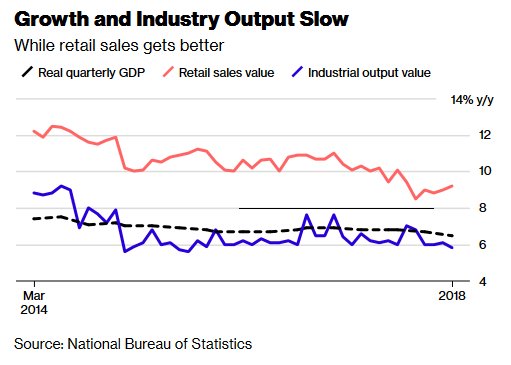The “experts” were wrong then, they are wrong now and they will be wrong again. The virus appeared to have been
Why are the experts so wrong. They are enamored by infectious disease models which almost invariably predict exponential spread. The last I check every single doomsday prediction based on exponential growth, be it disease spread, Malthusian
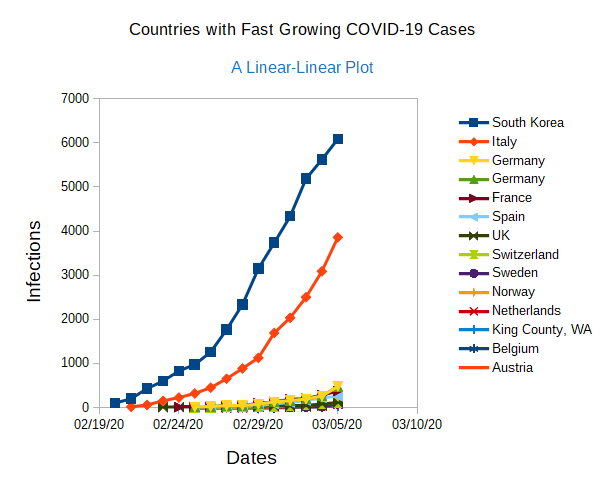
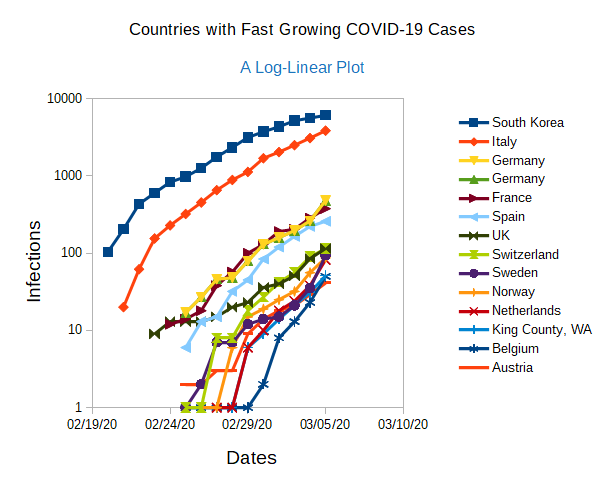

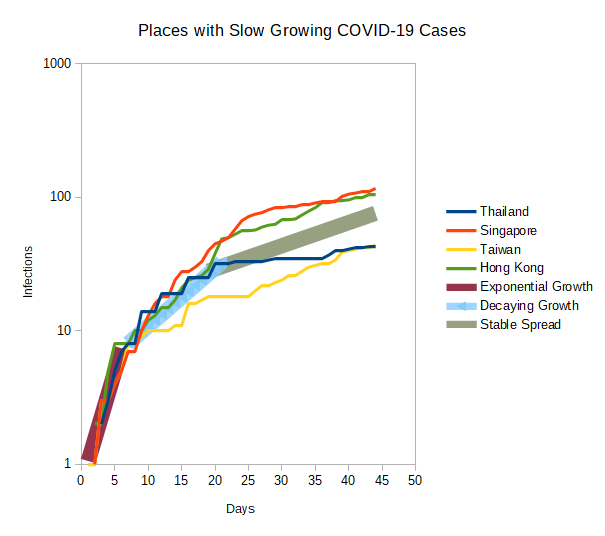
While these four regions offer some guidelines for governments during the next global infection crisis it is already too late for many parts of the world. Once infections escalate beyond tens of cases it becomes exponentially more
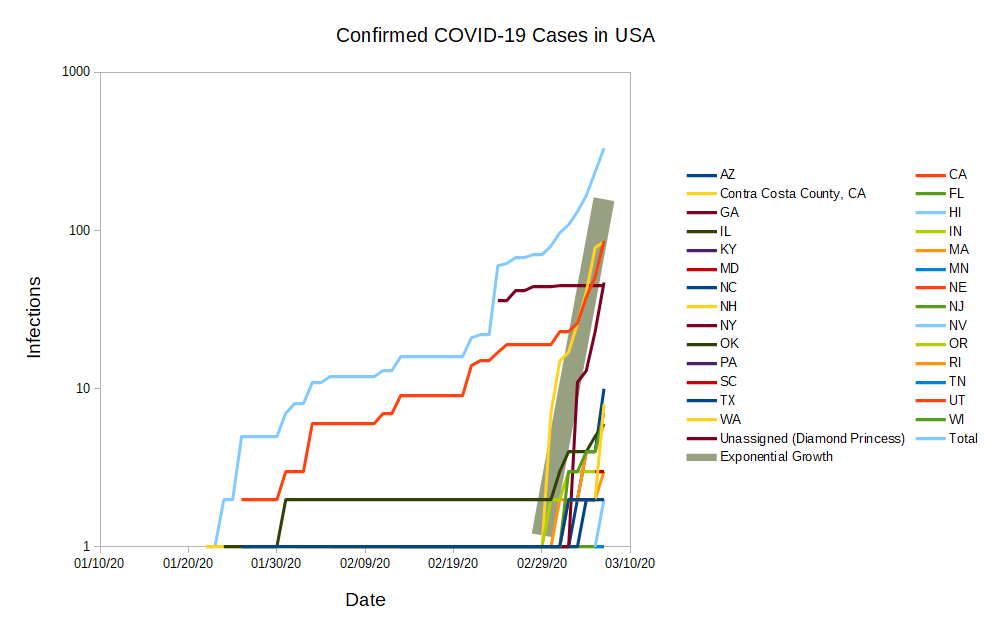
The author calls out specifically governors of Florida, Hawaii, Illinois, …, Utah, Wisconsin, etc. This is a crisis that required your leadership right now.


